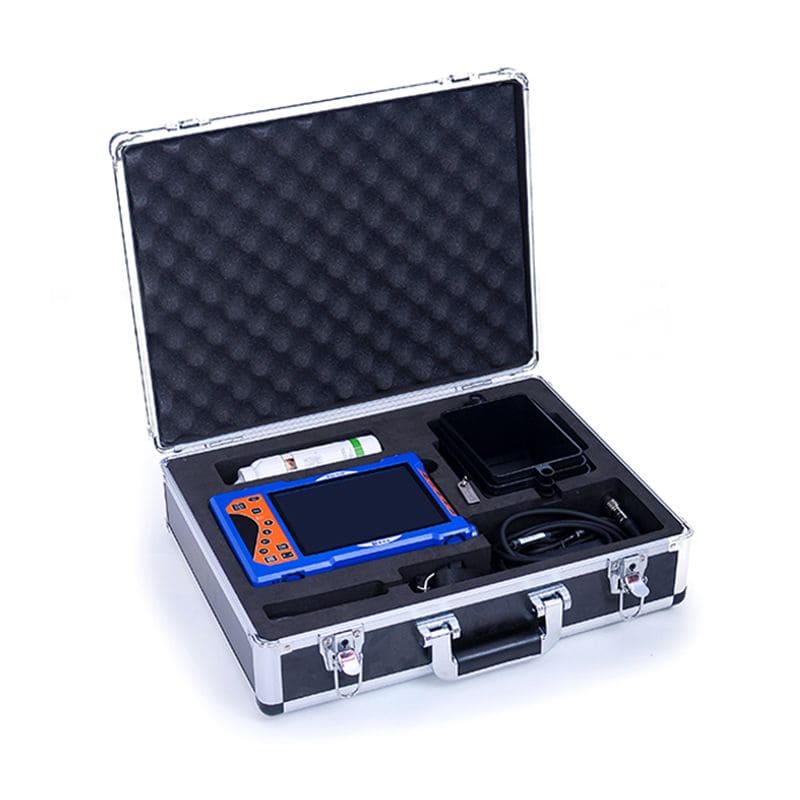Since the B-ultrasound diagnostic instrument obtains grayscale images, and the human eye has limited grayscale resolution (0 to 20 grayscale levels), but for color, the human eye can distinguish thousands of color tones and intensities. Therefore, for a grayscale image, we need to convert it into a color image, which is very common in medical image processing. Pseudo-color processing refers to converting black and white (grayscale) images into color images. Pseudo-color processing is a color mapping process. This technology can be used to identify pixels with small grayscale differences, enhance the observer's ability to detect B-ultrasound image information, and facilitate doctors' diagnosis of diseases. The basic principle of pseudo-color processing is to convert black and white images into color images. Different gray levels are assigned different colors: Let f(x,y) be a black and white B-ultrasound image, R(x,y), G(x,y), and B(x,y) be the three color components of f(x,y) mapped to the RGB space, then the pseudo-color processing can be expressed as:
R(x,y)=TR[f(x,y)]
G(x,y)=TG[f(x,y)]
B(x,y)=TB[f(x,y)]
Where T is a certain mapping function. Given different mapping functions, the grayscale B-ultrasound image can be converted into different pseudo-color images, which improves the human eye's ability to distinguish images and is a very practical image processing technology.








